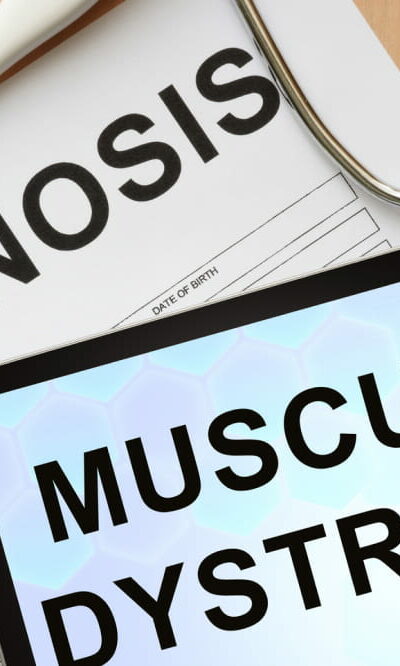
health
12 best foods to eat for healthy hair
What you eat impacts your hair’s health. Hair loss affects a significant portion of the population, irrespective of age. The numbers increase as we go up the age ladder. Of course, this can be due to aging, underlying health conditions, and other things, along with a lack of nutrition. Nutritionally poor foods can cause loss of hair density, poor growth, and weaker hair strands. So, here is a list of foods to eat for healthy hair. Eggs Eggs are a superfood, and for good reason. They are rich in biotin, protein, vitamins A and E, calcium, and iron. They are also an incredible source of omega-3 fatty acids. These ingredients are excellent if you want to accelerate hair growth and strengthen it. The biotin content enhances their keratin production, leading to better hair health. Spinach Everyone knows how critical spinach and other green vegetables are for anyone who wants a healthy mind and body. Spinach is a rich source of iron and loaded with multiple vitamins, which can assist in growing a healthier mane. Iron improves the quantity and quality of Red Blood Cells (RBCs), aiding in better oxygen supply to every cell in the body. Vitamin C is known to increase the absorption and availability of iron in the body. All of these make spinach a must-have food for people who wish to improve their hair health. Sweet potato Sweet potatoes are a delicious and healthy way of ensuring your meals are packed with calcium, iron, vitamin A, and vitamin C. Thanks to their long list of healthy nutrients like beta-carotene, they are also considered a superfood. The body converts the available amount of beta-carotene into vitamin A. Since it is important for cell growth, including foods rich in vitamin A or compounds that lead to increased production of the vitamin is beneficial for healthy hair.
Read More 

















